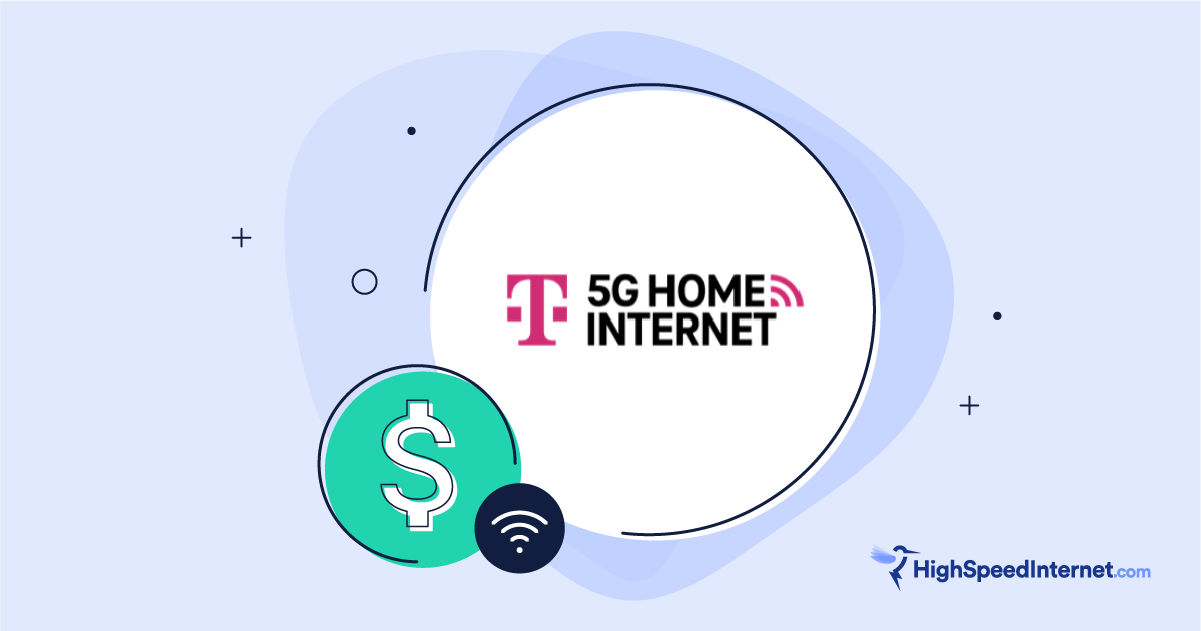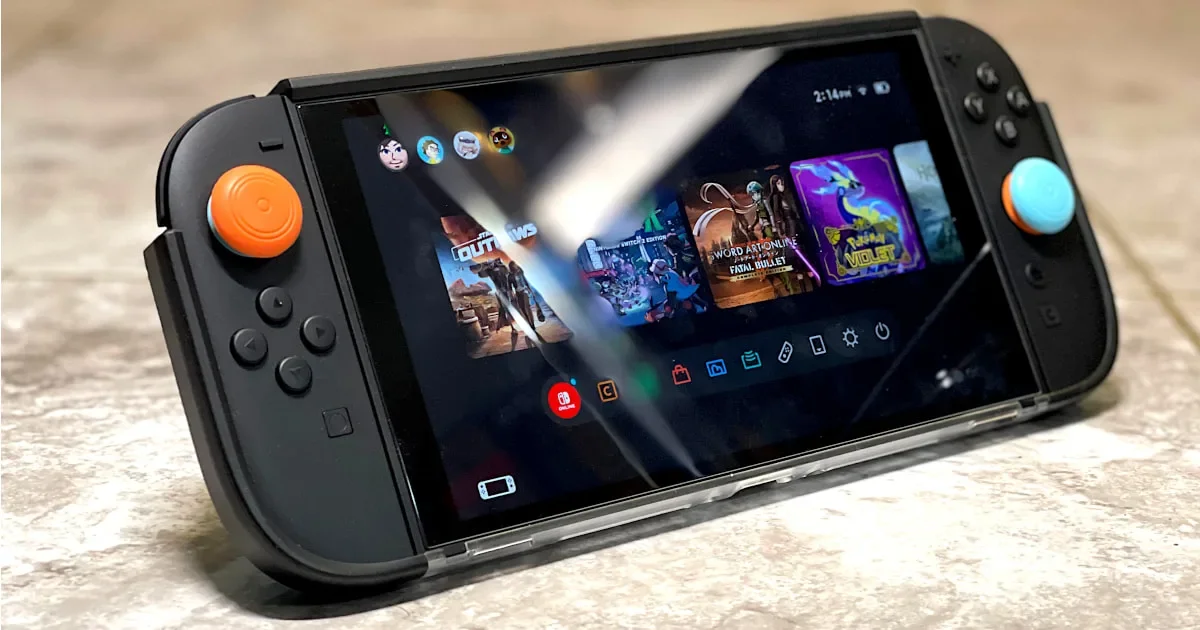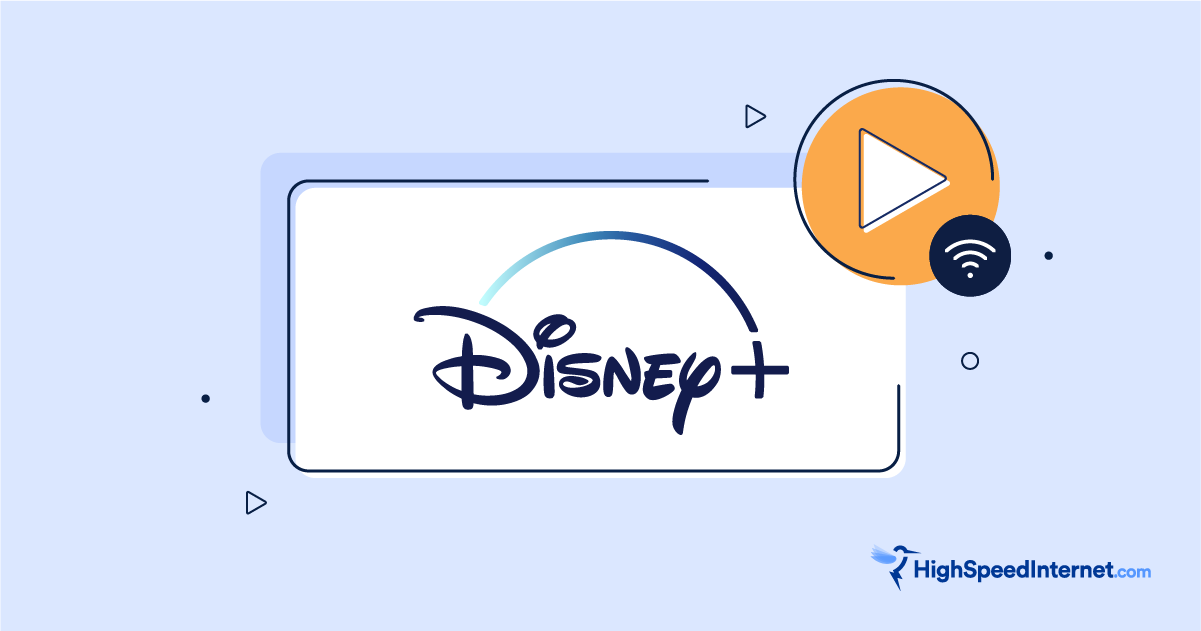Making Money as a Content Creator
Nothing says success like monetizing every aspect of your life
May 28, 2025 | Share
How-To
For many who grew up in the age of social media, working as a full-time content creator is the Holy Grail of online careers. What could be better than starting a blog, a YouTube channel, or a podcast about your favorite interests and getting paid to do it?
Well, the challenge is the “getting paid” part. While most social media platforms have some form of sharing ad revenue with creators, this isn’t enough to live off of, even for popular creators with hundreds of thousands of followers. That’s why most content creators rely on affiliate marketing and sponsorships.
If you’re unfamiliar with how these revenue streams operate, we’ll walk you through the basics of how content creators make money.
Ad revenue
When most people think about content creators earning money, the first thing they think about is usually the money creators get from their platforms. Sites like YouTube, Twitch, and TikTok make most of their revenue by running advertisements alongside the content posted by creators. The creators get a small slice of that ad revenue, encouraging them to make more—and more engaging—content.
While most platforms have some way of incentivizing creators directly, these programs often pay very little. For example, the YouTube Partner Program is available to creators with over 1,000 subscribers who hit benchmarks for viewing time. These creators then get a cut of the money that advertisers spend.
The catch is that advertisers spend different amounts on different videos. Google AdSense, which YouTube uses, tries to sort its audience into very specific categories. A high-end cosmetics company might be willing to spend a lot to target ads at professional women in their 30s who watch beauty and fashion influencers, while an ad for Taco Bell might be happy to simply target anyone watching YouTube after midnight.
In one Reddit thread, YouTubers reported earning anywhere from $0.10 to $35 per 1,000 views, though these numbers aren’t a guarantee. That means you could have a very successful YouTube channel with 150 million views in a single year and still barely make minimum wage.
It’s also important to note that YouTube has one of the most generous revenue sharing systems, with 55% of ad revenue going toward creators. Platforms like TikTok that have a Creator Fund set aside a finite amount of money to pay creators, which means that the more people are accepted into the Creator Fund, the less any individual creator makes.
YouTube offers other ways for creators to earn money, such as paid channel memberships and viewer gifts during livestreams, but if you really want to earn enough to become a full time YouTuber, Twitch streamer, or TikToker, you’ll probably have to look into additional revenue streams through affiliate marketing and paid sponsorships.
Affiliate marketing
Affiliate marketing lets creators earn commissions when their viewers buy products or services. As a creator, you sign up with an affiliate program to get customized links for the items you want to promote that you can place on your website or in the description of your YouTube video. If one of your viewers clicks on the link and makes a purchase, you get a tiny percentage of that sale as a commission.
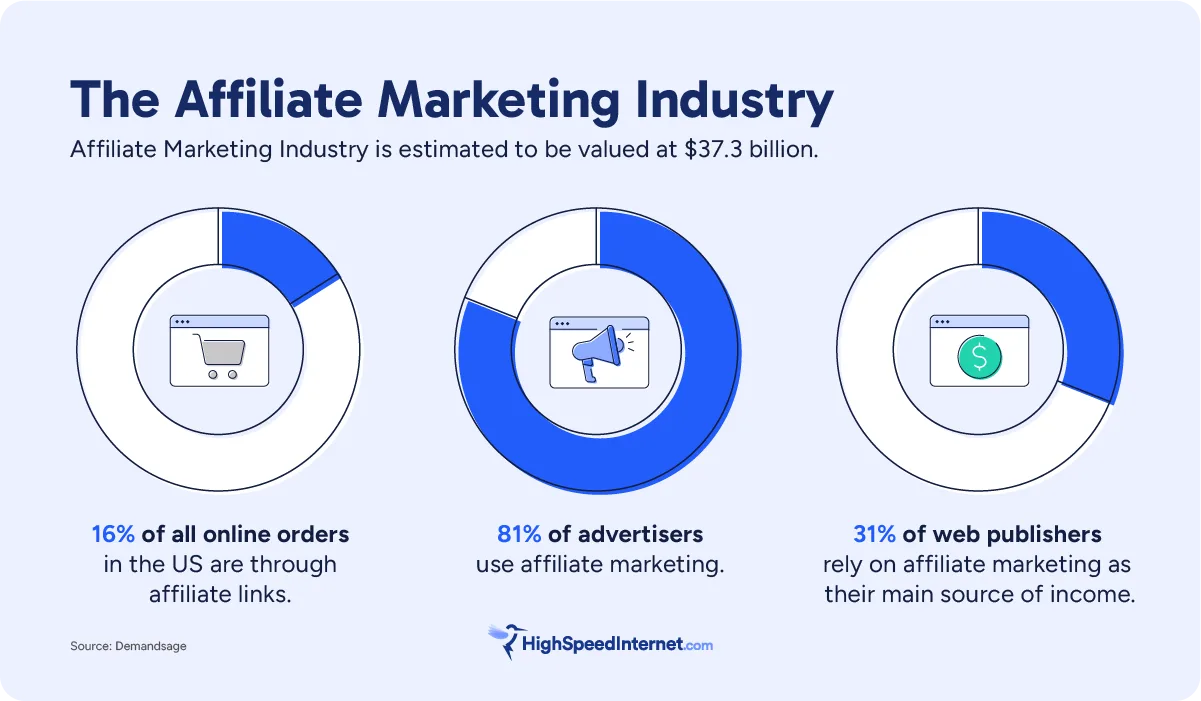
Affiliate marketing is a pretty low risk proposition. Most major affiliate programs are free to join and easy to implement. To sign up for the Amazon Associates program, for instance, you only need a website or channel that is free from any unsuitable material (as determined by Amazon). There are no requirements for views or followers. Once accepted, you can log into your affiliate account and generate monetized links for most Amazon products.
Affiliate marketing generally works best for creators whose content focuses on something like product reviews, fashion, hobbies, or other topics where viewers might want to purchase the thing they saw in the video. While you certainly could put affiliate links under videos of your last performance at open mic night, you probably won’t have many clicks—if no one makes a purchase using your link, you don’t get paid.
Although you can focus your entire channel around getting people to click on your links, such as by making product reviews, you don’t have to. And it’s probably more effective overall to focus your content on something you enjoy making and others enjoy watching.
The only real downside to affiliate marketing is that, while it is generally more profitable than ad revenue and can become your main source of income, it’s somewhat inconsistent and often doesn’t pay that much. Since you only get paid when someone buys a product through your link, you still need a pretty big audience and a consistent posting schedule to survive off affiliate marketing alone. This is why more and more creators are turning toward paid sponsorships.
Paid sponsorships
For most big content creators, paid sponsorships are the real cash cow. Of course, you could probably guess that if you’ve watched anything on YouTube in the last ten years since it seems like almost every video on the platform is now sponsored content.
With a sponsorship, a company pays you a big lump sum of money to promote or endorse their product as part of the content you’re making. That means that in the middle of your 20-minute video on “Why Frederick the Great is the Most Overrated King of Prussia,” you have to take two minutes to read a pre-written script about how much you love your VPN.
As I see it, there are one pro and two cons of paid sponsorships.
The big sack of cash is the main benefit that creators get from sponsorships. Securing consistent paid sponsorships is often the tipping point that allows a creator to become a full-time YouTuber.
The downside of getting a big lump sum is that it’s a one-time payment. Even if a sponsored video goes viral and racks up a million views, you don’t get paid more. This is in contrast to something like an affiliate link, which does scale, giving you more income the more people watch it. This is a pretty good deal for the sponsor, too, since they’ve now essentially got an advertisement permanently stuck in the middle of your video.
A somewhat related downside is that the most ubiquitous YouTube sponsors are often pretty sleazy companies. These include companies that scam your audience, like the company that would make you a pretend Scottish lord, and even ones that scammed the YouTubers themselves.
Regardless of what route you choose to monetize your content, it’s important to vet the companies you’re endorsing. This is especially true for paid sponsorships, because in a few years, the scammers will probably be long gone, but there’ll be a clip of you endorsing their shady business practices floating around on the internet forever.
Other monetization methods
The content creator economy revolves around marketing, but if you want to make money without shilling for some faceless corporation, there are a few other options to earn money. The most notable of these is to use a site like Patreon or Ko-fi to allow your fans to support you directly. Patreon allows fans to sign up as monthly backers to support your creative endeavors. Different subscription tiers typically come with some form of perk, such as exclusive content or access to a creator’s Discord server, but the only thing that you have to do is keep creating.
While Patreon’s monthly subscription makes it one of the more stable forms of income for content creators, it’s not easy to get to that point. Even if you have hundreds or thousands of YouTube subscribers, only a small percentage of them will feel strongly enough (and have the means) to pay for your content when they could get it for free. And if each one is donating between $1 and $5, it will take a lot of patrons to pay the bills. That’s why even creators with a successful Patreon have a hard time resisting a juicy paid sponsorship.
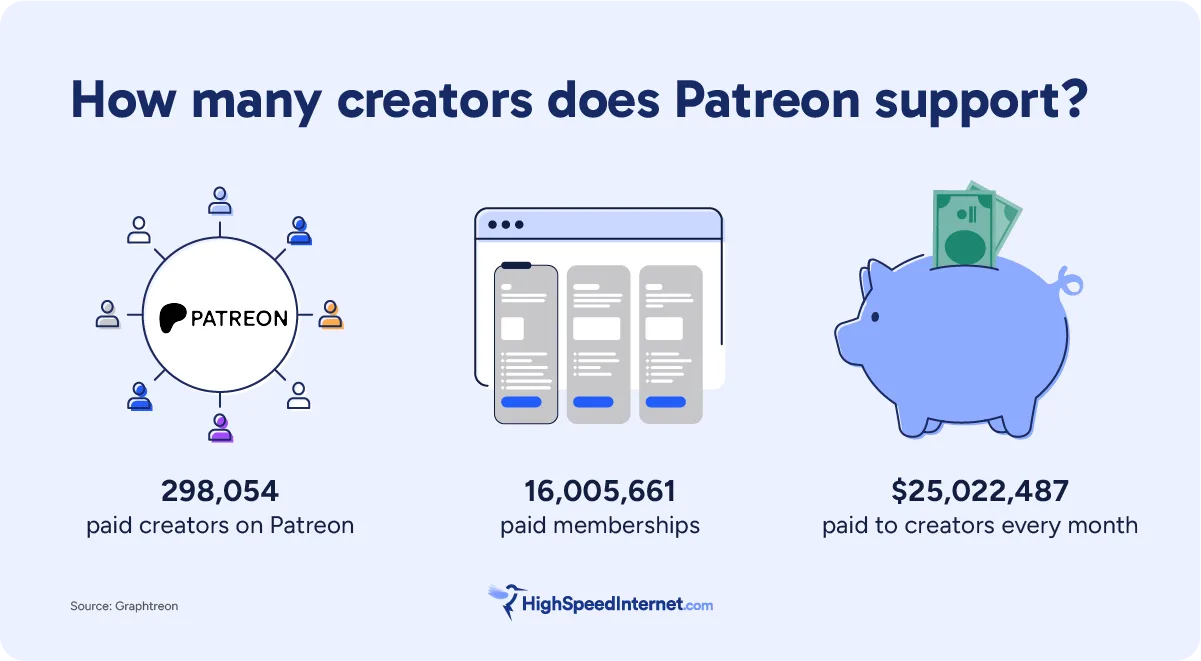
Another way to earn some cash as a creator is by selling merchandise. This was a popular way for people to support themselves in the days before social media, especially among creators of webcomics and other online media. Merch is less popular nowadays than advertising because selling stuff is hard. Still, there are some very prominent creators, like the YouTube channel Kurzgesagt, that primarily support themselves through merch sales. If your content is more on the artistic side and you’d rather be promoting yourself than a random sponsor, merchandise is worth a second look.
Finally, some creators manage to leverage their channels to start up a more traditional business or career. A prominent creator on BookTok might publish their own novel or a fashion influencer might come out with their own line of clothing. Someone could even just open a local bakery based on the popularity of their YouTube baking channel. These are by no means common ways of turning your online content into a full-time job, but it demonstrates the broad range of possibilities that exist outside of advertising another company’s products.
Internet for content creators
Content creators have some of the highest requirements for their internet connections. Video files are huge, and if you’re maintaining a strict posting schedule, you don’t want to be waiting for hours every time you upload a new video. If you hire a video editor or work with a team of creators, you’ll also be sending videos back and forth constantly.
Livestreamers put the most demand on their internet bandwidth. If you livestream, not only do you need to have enough upload bandwidth to maintain video quality at all times, you also need that same speed for each platform you stream on.
For content creators, a fiber connection is the best choice, if not a requirement. While cable connections also reach high speeds, their bandwidth is asymmetrical, strongly favoring downloads over uploads. While most internet users only really experience the fast download speeds, you don’t want to be uploading a video at a fraction of that speed on the same plan.
Fiber connections, on the other hand, are typically symmetrical. That means if you’re paying for 2Gbps download speeds, you get 2Gbps upload speeds as well. Fiber is also the most reliable type of connection, which is especially important for streamers.
Can your connection keep up with your content?
Are you looking for an internet provider that offers faster speeds? See what options are available in your area by entering your zip code below.
The bottom line: Content creation is great but hard to monetize
Making a living as a content creator is the dream for many people, but it takes a lot of viewers and subscribers to make content creation viable as a full-time job. You’re also at the mercy of your platform’s algorithm as to whether you can maintain that level of views long-term. The uncertainty can be incredibly stressful and is probably the main reason that YouTubers and other content creators often burn out.
Although many content creators devote themselves full-time to optimizing their content for the algorithm, content creation can also be a good side hustle. This comes with the added benefit of allowing you to make the content you want without worrying about what advertisers or algorithms think about it.
Author - Peter Christiansen
Peter Christiansen writes about telecom policy, communications infrastructure, satellite internet, and rural connectivity for HighSpeedInternet.com. Peter holds a PhD in communication from the University of Utah and has been working in tech for over 15 years as a computer programmer, game developer, filmmaker, and writer. His writing has been praised by outlets like Wired, Digital Humanities Now, and the New Statesman.
Editor - Jessica Brooksby
Jessica loves bringing her passion for the written word and her love of tech into one space at HighSpeedInternet.com. She works with the team’s writers to revise strong, user-focused content so every reader can find the tech that works for them. Jessica has a bachelor’s degree in English from Utah Valley University and seven years of creative and editorial experience. Outside of work, she spends her time gaming, reading, painting, and buying an excessive amount of Legend of Zelda merchandise.
